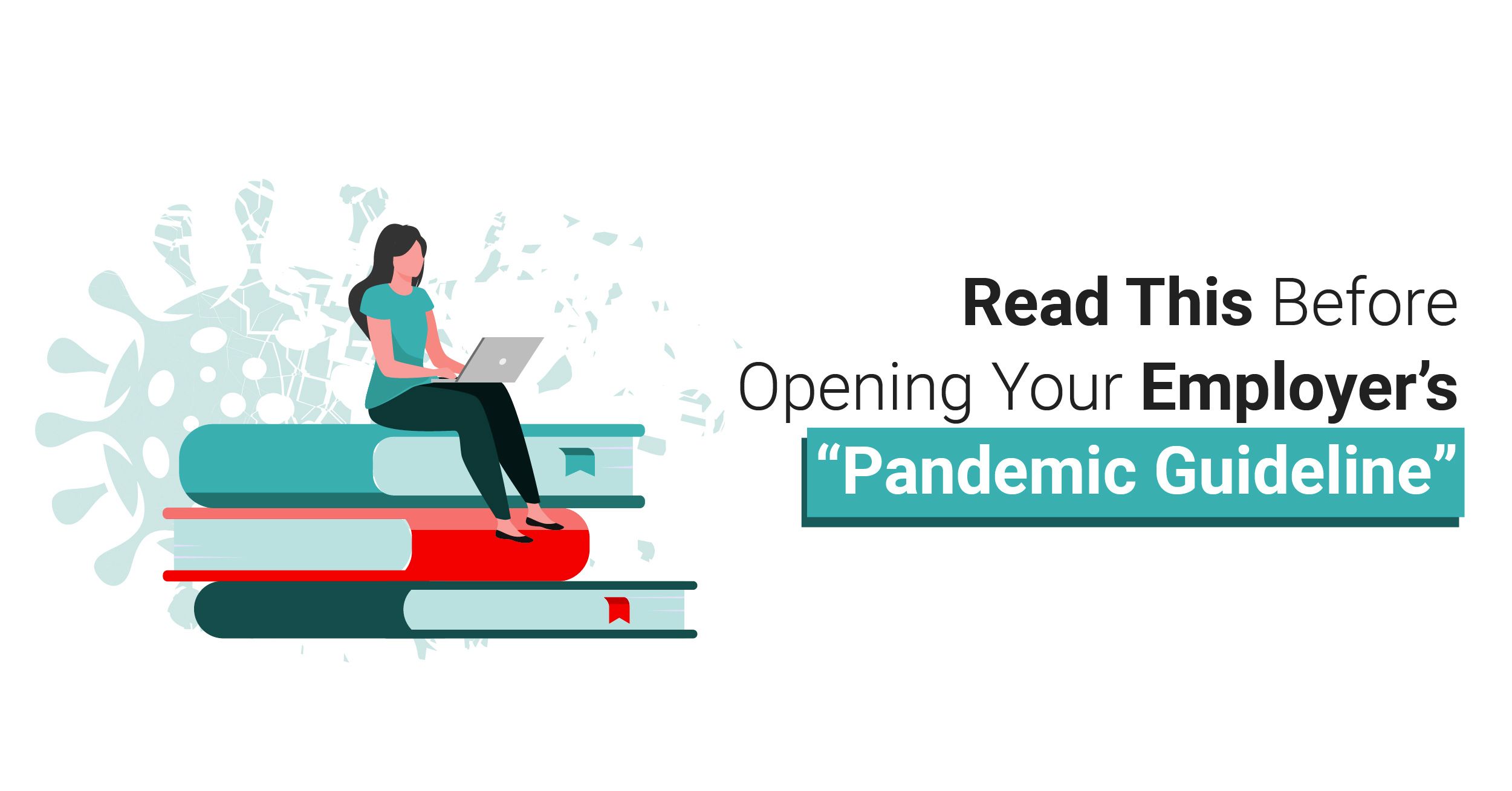
Read This Before Opening Your Employer’s “Pandemic Guideline”
Where are we actually safe from cybersecurity hackers these days? Ransomware attacks, phishing campaigns...the list goes on. While it’s been known that hackers have been exploiting vulnerable people during COVID-19, they’re becoming more crafty than ever before. This time, through spoofing CIO’s pandemic guidelines, they’re tricking workers into handing over private information for their own destructive gain.
Why are people still falling for spam emails?
Well, because first and foremost these emails don’t generally look fake. In the case of the pandemic guideline phishing ploys, the emails not only had the company’s logo in the header, along with the CIO’s signature, but they appear to have actually been sent from within the company--typical of email spoofing. Furthermore, it’s on a subject that makes a lot of sense for employees to be receiving. Most of us would open an email like that without thinking twice.
How are hackers exploiting COVID-19?
There are numerous ways hackers have been exploiting Covid-19. Spoofing emails is a huge one-- hackers have been impersonating organizations like the Centers for Disease Control and Prevention (CDC), the federal government, or even employers and payment providers, to trick people into giving access to their personal details to eventually steal their money. Because these phishing campaigns can be hidden behind a “trusted source”, people don’t think twice before handing over their personal details.
To back this up with some stats, vaccine-related phishing attacks increased by 26% between October 2020 and January 2021. Hackers preyed upon people’s desperation to protect themselves from the life-threatening pandemic. Unsurprisingly, healthcare organizations and hospitals have been hit hardest, with 10% of all ransomware attacks between January 2020 and September 2020 targeting medical organizations. Next to this, when governments were sending out relief payments, hackers utilized Dridex malware to steal their banking credentials.
How can we protect ourselves from a phishing attack?
As we found out, hackers are becoming better and better at fooling us. So, while we may not be able to see directly whether an email is safe upon first glance, we can be careful when opening it. While it isn’t advisable to start questioning every email you receive from a trusted source, if it’s asking you to hand over private information via an email or link, reach out to the entity directly to check if the email is legitimate. Though it takes a bit more time, it could save you a lot of headache in the long run. Want to keep up with the latest cybersecurity trends? Read the original article here.
Take a look at more top articles, trends and experts by signing up to our newsletter—By getting to choose which topics interest you the most, you get the latest news delivered with ease.